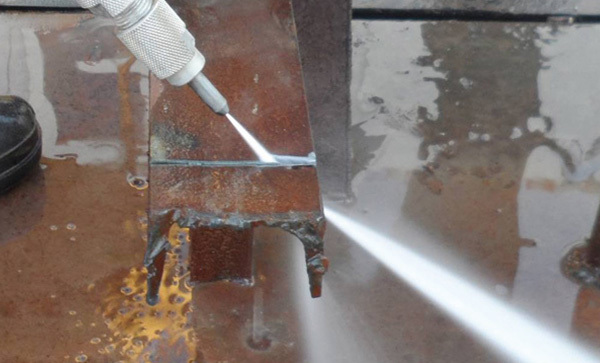High Pressure Processing (HPP) Equipment: Applications
2025-04-29
High Pressure Processing (HPP) Equipment: Applications
HPP (High Pressure Processing) is a non-thermal sterilization technology that applies hydrostatic pressure (typically 400–600 MPa, ranging from 100–600 MPa) for seconds to minutes to inactivate microorganisms, enzymes, and certain viruses without breaking covalent bonds in food. Its core advantage lies in preserving the original flavor, color, and nutritional value of food while achieving sterilization. Below is a detailed breakdown of its applications across industries:
I. Core Applications in the Food Industry
1. Liquid Food Sterilization
Cold-Pressed Juices/NFC Juices: HPP inactivates pathogens like E. coli and Salmonella while retaining over 95% of polyphenols and natural enzymes, with less than 5% degradation of vitamin C. Shelf life extends to 30–60 days under 4°C refrigeration.
Plant-Based Beverages: For soy milk, almond milk, etc., HPP deactivates lipoxygenase (LOX), eliminating the "beany" flavor caused by traditional heat treatments. Shelf life reaches 90 days.
2. Meat Processing
Ready-to-Eat (RTE) Meat Products: Treatment at 400 MPa for 3 minutes achieves a 5-log reduction of Listeria monocytogenes, resolving post-processing contamination in sliced ham and sausages. Shelf life increases by 50–100%.
Raw Meat: 600 MPa/180-second treatment of raw beef mince reduces Salmonella by 6 log, with myofibrillar protein denaturation below 15% and metmyoglobin (MetMb) content under 30%, maintaining color stability.
3. Aquatic Products
Ready-to-Eat Seafood: Oysters treated at 550 MPa for 2 minutes show a 4-log reduction of norovirus and >6-log inactivation of Vibrio parahaemolyticus, extending shelf life to 40 days.
Surimi Products: HPP enhances gel elasticity of fish cakes (20% increase in breaking strength) by inducing myosin gelation while inactivating heat-resistant Bacillus spores.
4. Prepared Meals and RTE Foods
Fresh-Cut Salads: Combined with MAP packaging, HPP reduces L. monocytogenes by 4 log, inhibits polyphenol oxidase (PPO) activity by 70%, and lowers browning index by 60%.
Baby Food: HPP-treated fruit/vegetable purees retain >90% folate, compared to 40% loss in traditional pasteurization.
II. Extended Applications in Pharmaceuticals and Biotechnology
Biomaterial Sterilization: Collagen scaffolds treated with HPP show bacterial endotoxin levels <0.1 EU/mL, outperforming ethylene oxide sterilization in avoiding cytotoxicity.
III. Technical Advantages and Limitations
Key Advantages:
Nutrient Retention: 98% vitamin B1 retention (vs. 60–70% in thermal processing).
Sensory Preservation: HPP-treated orange juice loses <10% volatile aroma compounds, compared to 40% loss in HTST sterilization.
Safety: Limited inactivation of heat-resistant spores requires complementary measures (pH <4.5 or water activity <0.85) for commercial sterility.
Limitations:
Cost: Processing costs 0.2–0.5/kg,higherthanthermalsterilization(0.05/kg).
Packaging Constraints: Requires flexible, high-barrier packaging (e.g., EVOH films); rigid containers are incompatible.
Product Suitability: Less effective for low-moisture (<40%) or porous foods (e.g., bread).
IV. Future Prospects
HPP is expanding into functional food development (e.g., pressure-induced protein hydrolysis to generate ACE-inhibitory peptides) and pharmaceutical carrier sterilization. Innovations like continuous HPP systems (5,000 kg/h capacity) and intelligent pressure control are projected to reduce costs by over 30%, driving a CAGR of 12.4% from 2023 to 2030.
Previous











